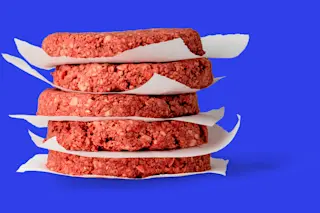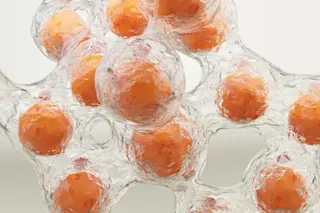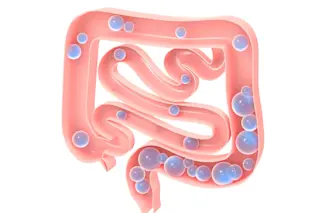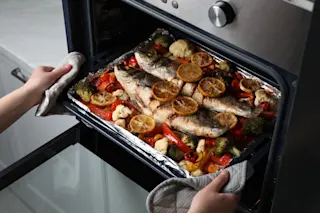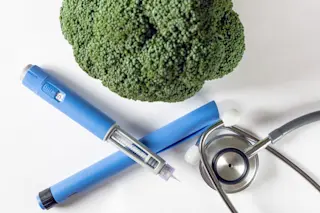Meatless burger patty. Photo Credit: Impossible Foods If you’re living in Los Angeles, there is no doubt that you've noticed the surging popularity of plant-based foods in the dining landscape. Not only are restaurants blooming with new vegan menu options, but plant-based food products are increasingly emerging in the food industry. Notable newcomers include veggie burgers and dairy-free products including milk, yogurt, and even cheese! We are now welcoming the age of the plant butchers: a group of creative and enterprising culinary geniuses and food scientists who are passionate about developing healthier and more sustainable forms of meat by exploring the world of plant proteins. A new generation of cheesemakers is also on the rise, experimenting with bacteria to develop plant-based ‘dairy’ products. Let's explore how these passionate individuals come up with such creative food innovations. A Plant-Based Burger that Bleeds Patrick Brown, a biochemistry professor from Stanford University, has ...
The Vegan Way
Discover the rise of plant-based foods like the Impossible Burger and innovative vegan cheese, transforming dining experiences.
More on Discover
Stay Curious
SubscribeTo The Magazine
Save up to 40% off the cover price when you subscribe to Discover magazine.
Subscribe

